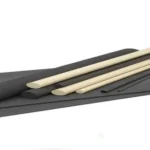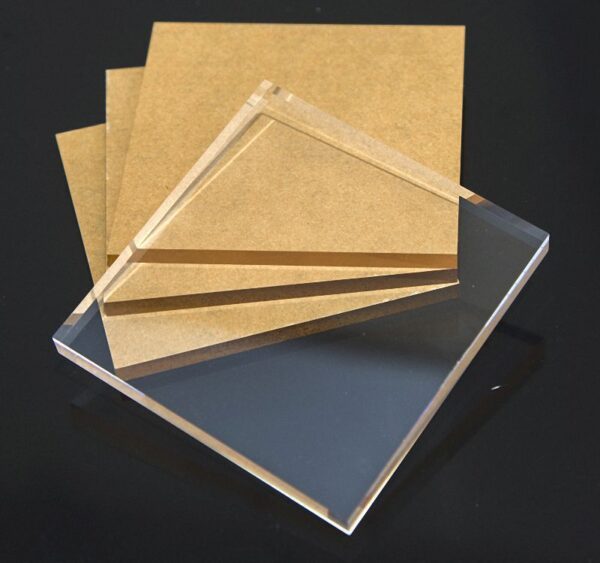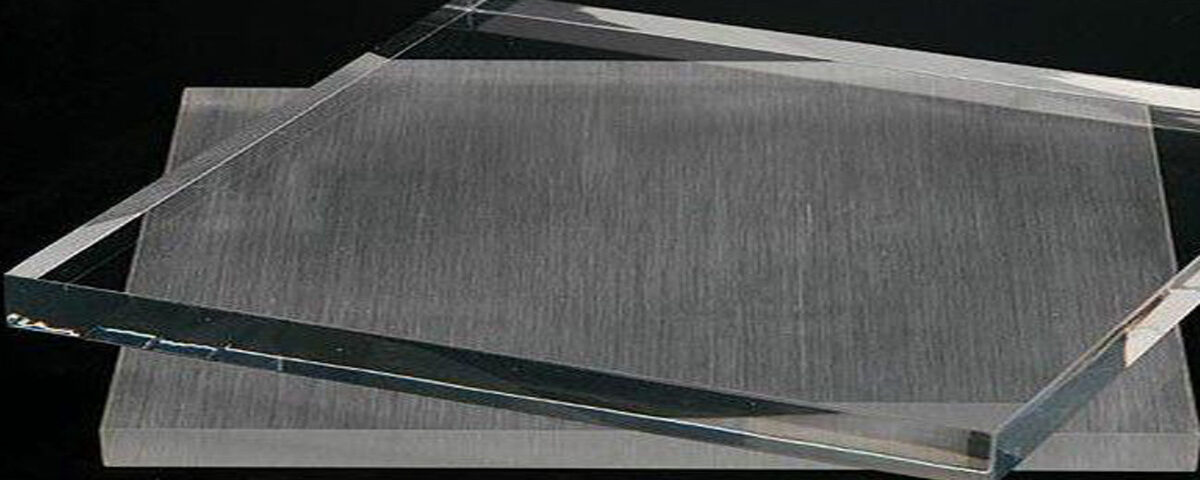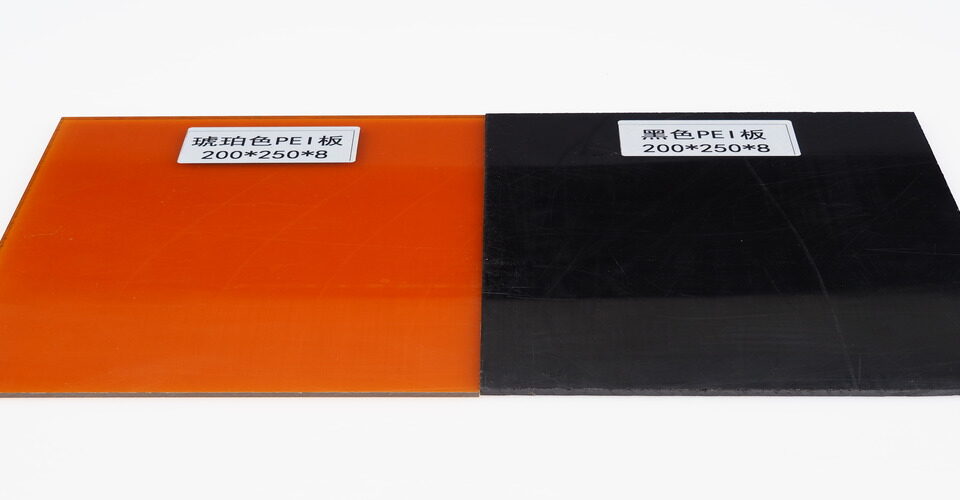
What is HDPE Plastic Uses?
December 31, 2024
what is peek plastic material properties?
December 31, 2024Polymethyl Methacrylate (PMMA), commonly known as acrylic or plexiglass, is a transparent thermoplastic renowned for its glass-like qualities. Lightweight, impact-resistant, and versatile, PMMA serves as a popular alternative to glass in various applications. Its exceptional optical clarity and weather resistance make it a preferred choice for industries like construction, automotive, and healthcare.

PMMA Characteristics
1. Optical Transparency
PMMA is highly transparent, allowing up to 92% of visible light to pass through. This makes it ideal for applications requiring excellent optical clarity, such as windows, lenses, and display screens.
2. Lightweight and Durable
Compared to glass, PMMA is about half as heavy yet significantly stronger. It offers good impact resistance, reducing the risk of shattering upon impact, making it a safer and more portable option.
3. Weather and UV Resistance
PMMA is exceptionally resistant to weathering and UV radiation. It retains its transparency and structural integrity even after prolonged exposure to sunlight, making it ideal for outdoor applications like skylights and signage.
4. Thermal and Chemical Stability
PMMA exhibits high thermal stability, withstanding temperatures up to 160°C (320°F) without significant deformation. It is resistant to many chemicals, including diluted acids, alkalis, and oils, although it is less resistant to solvents like acetone.
5. Ease of Fabrication
PMMA is easy to mold, cut, and polish, allowing for intricate designs and versatile shapes. This makes it a favorite material for designers and manufacturers.
PMMA’s unique combination of transparency, durability, and weather resistance ensures its prominence across industries, from architecture to medical devices.






